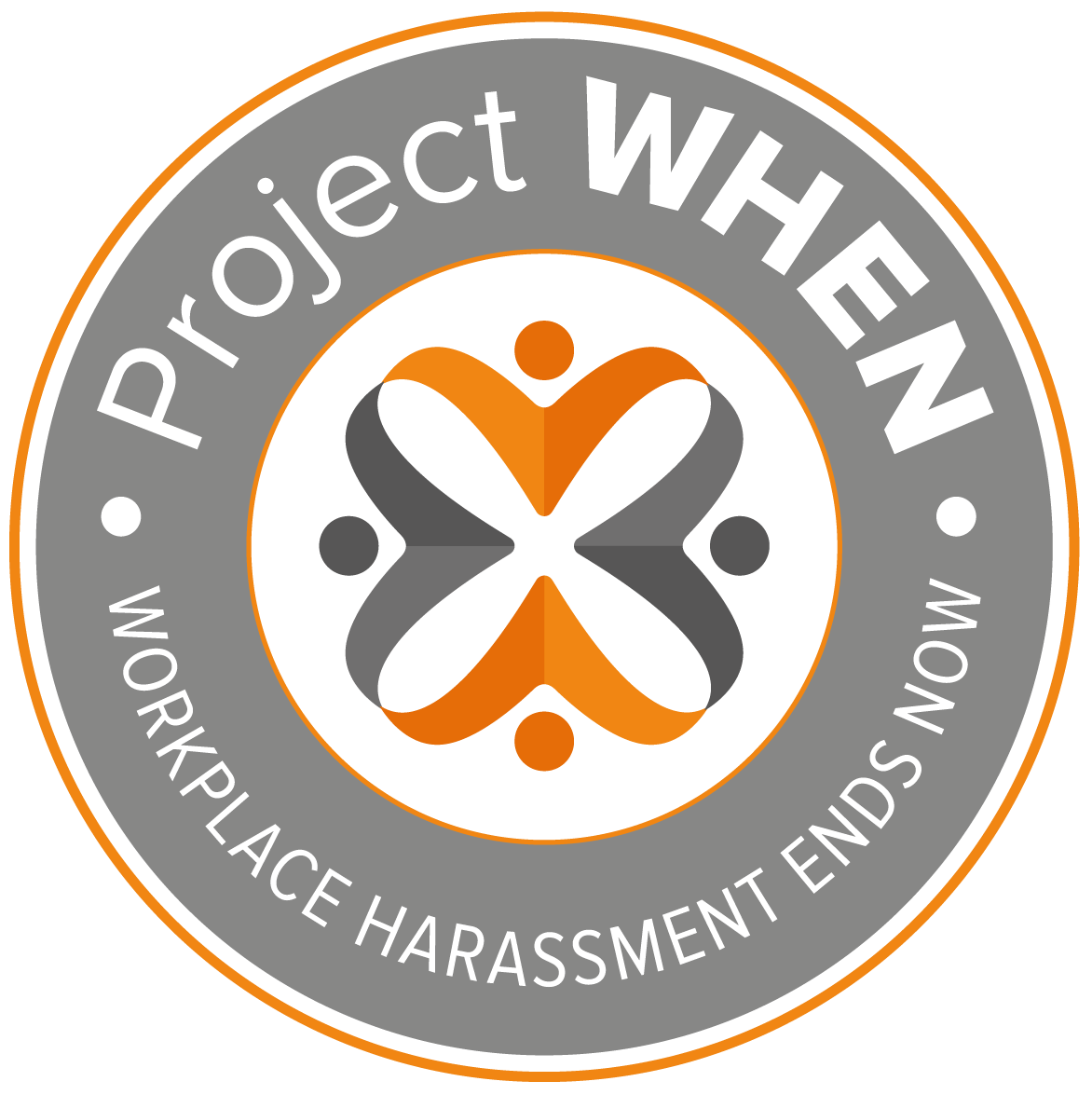Moving from disgust to discussed: Engaging in tricky workplace conversations
By Jamie Graceffa, Project WHEN Board Memeber
You receive an email that makes your blood boil. You’re embarrassed, belittled, dismissed or ignored by someone in a meeting. You heard that so-and-so said this-and-that to everybody but you, about you. I could go on, but I’m sure you probably have experienced similar situations at work.
Take a moment and think of a situation when you were upset, mistreated or made to feel small by somebody at work. Once you have the scenario in your mind, what did you do or say? How did the other person react? Did it help the relationship? Would you have said or done anything differently? If you chose to do nothing and simply simmered in disgust at what transpired, why? What kept you from trying to rectify the matter, improve a work relationship or correct someone’s behavior?
Some of us may feel that this is easier said than done. It’s difficult and uncomfortable to engage in a conversation charged with emotion, anger and even fear. Does it have to be that way? Perhaps not.
When we hear the word conflict, we immediately picture a fight or loud voices; we fear not being liked or damaging a work relationship.
There are, however, certain ways to engage in a prickly conversation that can help all parties feel less anxious and more open to a collaborative, productive dialogue. Consider the following approach using our fictional colleague Pat as an example.
Your approach: Keep a friendly tone and invite Pat to have a conversation. Doing so will signal that you are sincere about moving the relationship forward: “Pat, I’d like to talk with you about the meeting yesterday. I just want to check in with you on a few things; are you open this week to talk? Thanks very much, I will set it up!” vs. “Pat, we so need to talk!”
Opening the conversation: The opening is key to creating a comfortable, collaborative conversation. Be clear on why it’s important to meet: “Pat, I really value our working relationship; our successes depend on each other and I respect you as a colleague. I really appreciate you meeting with me.” vs. “Pat, thanks for coming.”
Have your facts: You should be able to clearly articulate the situation, what transpired and the impact on you. Being vague could further damage the relationship and your reputation: “Pat, in the meeting yesterday when I was presenting the Q1 financials, you said this makes zero sense, your team’s incompetent and then you threw your pen down.” vs. “Pat, you were really rude in the meeting yesterday!”
The impact on you: This is your point of view; there should be no personal attacks or accusations. You don’t want to put Pat on the defensive; the issue at hand will be pushed aside and it will only go downhill from there: “Pat, I understand that some data was incorrect and you weren’t happy. I felt very embarrassed by what you said and I didn’t think it was helpful in getting that data issue rectified.” vs. “Pat, you were such a jerk yesterday. I can’t believe you threw your pen! You’re so unprofessional!”
Keep it two-way: It takes two to tango as they say. Own up to the role you played in the situation; it will validate Pat’s concerns, while not excusing the behavior: “I will work with my team to ensure that we have the most current and accurate data. Is there anything else you need or would like to see?” vs. “OK, nobody’s perfect. You were wrong last April when you shipped product knowing it was defective!”
Know your ask: If there is something you want or need moving forward, ask. This will help avoid another messy episode in the future: “Pat, I welcome and value your feedback. In the future, if there is something missing, confusing or incorrect, could you please bring it up in a more collaborative way? That way, we’re less in defense mode and more into solving the problem.” vs. “Pat, just let me know after the meeting if something’s missing or wrong and we’ll get it to you.”
Close the conversation: Getting to agreement and keeping the lines of communication open moving forward are important parts of the conversation. You don’t want the time and energy you and Pat put into the meeting to fall to the side and return to behaviors that did not serve you, Pat or the people around you: “Pat, thanks so much for your time. I am glad we spoke and again, I appreciate you taking the time to meet with me. Let’s check in again in a few weeks. I want to make sure you and your team are getting what you need.” vs. “Thanks, Pat. Good meeting!”
Of course, this is a made-up conversation and only one-sided. We won’t know how the Pats in your work life will respond. There are times you can do everything right when approaching a person, but you can’t predict their reaction, but you do owe it to yourself and Pat to at least try. If you aim for a more collaborative, friendly approach, assume good intention, give Pat the benefit of the doubt and lead with integrity, you’ll be less likely to avoid a difficult conversation and more likely to enhance a work relationship and get the result you’re looking for.
 Jamie Graceffa is the author of Career Control: Love the Job You’re in or the One You Want, which speaks to the emotional connection we have with our work and provides pragmatic exercises along the way. His areas of expertise include job and career development, employee engagement, and team effectiveness. Jamie is a member of Project WHEN’s Board of Directors.
Jamie Graceffa is the author of Career Control: Love the Job You’re in or the One You Want, which speaks to the emotional connection we have with our work and provides pragmatic exercises along the way. His areas of expertise include job and career development, employee engagement, and team effectiveness. Jamie is a member of Project WHEN’s Board of Directors.
—
This article was originally published by Thrive Global.






